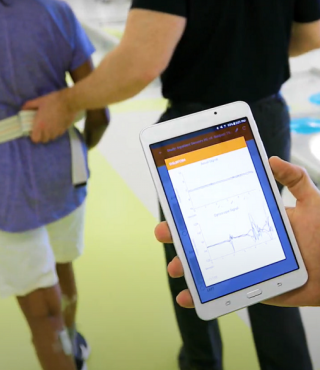Purpose
Assess self-reported consequences of pain on everyday life.
Link to Instrument
Area of Assessment
PainQuality of Life
Assessment Type
Patient Reported OutcomesAdministration Mode
ComputerCost
FreeDiagnosis/Conditions
- Arthritis + Joint Conditions
- Cancer Rehabilitation
- Spinal Cord Injury


